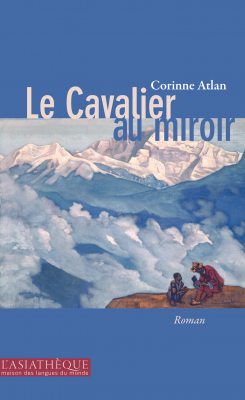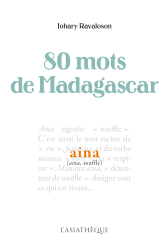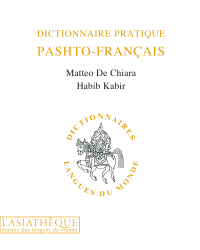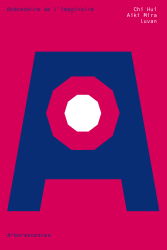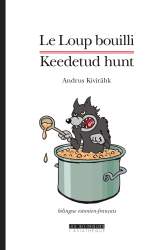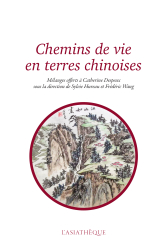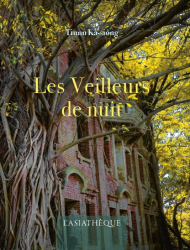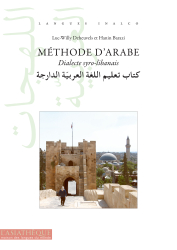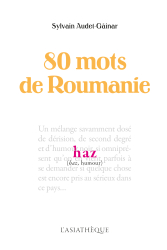Details
Format: Paperback
ISBN: 9782360570492
Collection: L’Asiathèque Littérature
13.5 x 21.5 cm
Weight: 425 gr
Pages: 342
First publication: 12/03/2014
Last printing: 03/2014
CLIL: 3489
BISAC: LCO004000
Le Cavalier au miroir
In Tibet, at the turn of the end of the 19th century and the beginning of the 20th century. A time of tumult and anguish for a country already plagued by foreign covetousness: the British want to establish by force their economic grip on the region, while the Mandchou dynasty, shamelessly incorporate the eastern territories into the Chinese prefectures, seeking in every way to reduce the temporal and religious power of the thirteenth Dalai Lama. Tashi, a former monk who became a spy in the service of Great Britain, and Namgyal, an elite corps officer in charge of protecting the Dalai-Lama, both embody tensions and contradictions of that troubled time. Throughout the story, their love and adventures shape the basis of an alternating tale while a mirror passing from hand to hand concretizes the mysterious links uniting the characters. A great historical epic about Tibet in the twentieth century. "I read with great interest and pleasure the Tibetan novel by Corinne Atlan. I discovered with a pleasant surprise the accuracy of her Tibetan evocation, the seriousness of its documentation and the quality of its writing. » (Matthieu Ricard)
CONTRIBUTORS' BIOGRAPHIES
Corinne Atlan

Corinne Atlan has lived for over twenty years in Japan, Nepal and the Tibetan world. She is the author of numerous translations from Japanese, several of which have been awarded prestigious prizes: Foreign Femina Prize for Le Bouddha blanc by Hitonari Tsuji (Folio), Konishi Foundation Prize for Les Chroniques de l’oiseau à ressort by Haruki Murakami (Seuil), Zoom Japon prize for La Prière d’Audubon by Kôtarô Isaka (Picquier). Le Cavalier au miroir is his second novel, the first being Le Monastère de l’aube (Albin Michel).
Photo : © Naoko Tamura
TABLE OF CONTENTS
Carte du Tibet (Map of Tibet)
I. Comment Tashi Tsering retrouva son maître bien-aimé (Tashi Tsering Found His Beloved)
II. Comment Namgyal Dorjé livra ses premiers combats (II. How Namgyal Dorje fought his first battles)
III. Les plaisirs de ce monde sont pareils au miel sur le tranchant d’une lame (III. The pleasures of this world are like honey on the edge of a blade)
IV. Un petit objet doté de vertus protectrices montre son utilité (IV. A small object with protective virtues shows its usefulness)
V. Rencontre providentielle avec un curieux marchand népalais (V. Providential meeting with a curious Nepalese merchant)
VI. Je lis sur ton visage que tu n’as pas peur de la mort (VI. I read on your face that you are not afraid of death)
VII. La qualité du disciple révèle celle du maître (VII. The quality of the disciple reveals that of the master)
VIII. Une comète dans le ciel, signe d’une guerre imminente (VIII. A comet in the sky, a sign of an imminent war)
IX. La « Réserve aux trésors de l’Ouest » suscite bien des convoitises (IX. The "Western Treasure Reserve" arouses much desire)
X. Ne tente rien avant l’heure (X. Don't try anything before the time)
XI. Un penchant immodéré pour l’hygiène et une attitude des plus vertueuses (XI. An immoderate penchant for hygiene and a most virtuous attitude)
XII. La traversée du Tsangpo (XII. Crossing the Tsangpo)
XIII. La capitale est truffée d’espions (XIII. The capital is riddled with spies)
XIV. Comme un arc-en-ciel dans l’azur (XIV. Like a rainbow in the azure)
XV. En gage de mon amitié (XV. As a token of my friendship)
XVI. Un pays possédant d’immenses richesses ne peut se contenter d’une petite armée (XVI. A country with immense wealth cannot be satisfied with a small army)
XVII. Le sang rougit la neige (XVII. Blood reddens the snow)
XVIII. Plus un homme s’élève, plus il a d’ennemis (XVIII. The higher a man rises, the more enemies he has)
XIX. Voici que tu t’éveilles comme d’un sommeil (XIX. Here you wake up like asleep)
XX. Emmenez-moi à sa place (XX. Take me to his place)
XXI. Retour à Samding (XXI. Return to Samding)
Note de l’auteur (Author's note)
Bibliographie (Bibliography)
Chronologie (Chronology)
Glossaire (Glossary)
Remerciements (Acknowledgements)
